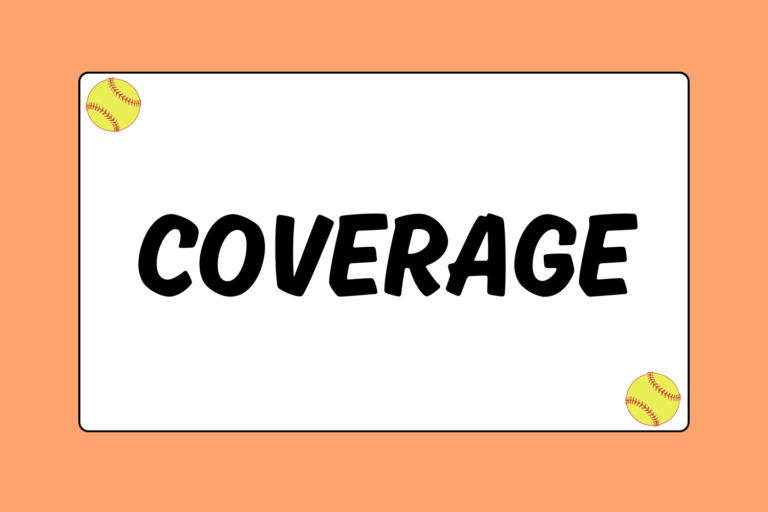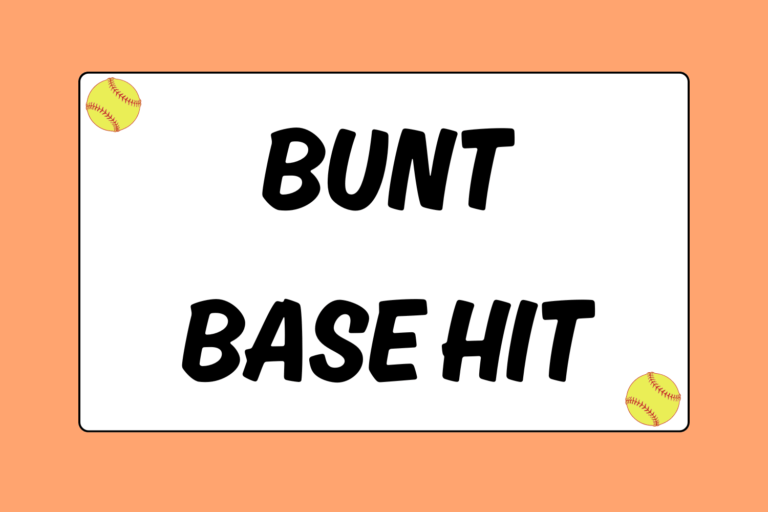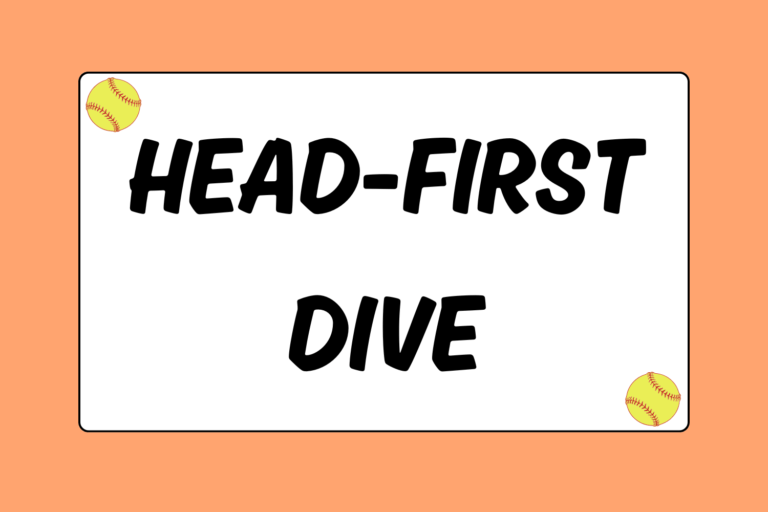Good infielders have a collection of particular strengths that make them unstoppable: Soft hands, quick reflexes, aggressiveness, and fearlessness.
Whether you are crashing in the corners or keeping back in the middle, all infielders need an in-depth understanding of how to field a grounder. Breaking down every type of grounder you’ll face on the infield, this guide provides tips on how to defend against anything hit your way.
Stance
Every infielder needs to be in a ready position before the ball is hit. The basic stance is uniform across the diamond:
- Your feet should be staggered (set slightly farther than shoulder width) with your glove-side foot placed slightly in front to keep your weight on the balls of your feet and squared to the batter.
- Your knees are bent and your back is straight.
- Your upper body is bent at the waist.
- Your glove is as low as possible to the ground; it’s faster and more reliable if you only need to move your glove upwards to field a ball.
- Your throwing hand should be poised out in front of you, ready to field the ball.
A helpful way to envision a good stance is to draw a large triangle below your feet. Its base should reach from toe to toe, and your glove hand should be extended forward so that it faces towards the batter at the tip of the triangle.
Getting into Your Stance
There are two ways to get into your stance. You can walk into it or you can be stationary, ready at all times. The middle infielders generally use the walk-in approach while the corners are usually stationary.
- The walk-in approach: This approach is synchronized with the pitcher’s motion. As the pitcher is on the mound and throwing her hand backwards, step your throwing-side foot forward, followed by your glove-side foot. This method keeps you light on your feet, constantly moving, and alert.
- The stationary stance: This approach is stationary. You will stay in your stance from the time the pitcher is in the circle starting her motion to when the ball is hit. To keep light on your feet, shift your weight from side to side and step in place if necessary. Do not sit back motionless; stay on your toes.
Fielding Grounders
Every grounder requires a slightly different approach depending on where the ball is hit. This means that you will need to be able to read the ball off the bat and predict its hops to play the ball correctly.
Your Glove’s Approach
The approach you take towards the ball will depend on where the ball is hit, but your glove should always approach the ball the same way: Gradually. You never want to drop your glove right on top of the ball. Rather, your glove should be lowered gradually towards the ball (imagine an airplane landing).
Balls Hit Directly at You
Balls hit directly towards you are routine. Do not sit back and be the victim of a bad hop. Charge the ball! When you go for the ball, rather than running straight at it, try rounding towards it so that your body is moving towards your target as you are fielding it.
Short Hops
Short hops are tricky because two things can happen. You can either go forward to cleanly absorb the ball or you can stay back on your heels and let the ball play you (usually resulting in an error). Clearly, you want to be in control of the play.
You should charge every short hop, fielding it while moving forward. Your glove will be extended out in front of you and you will absorb the ball in a smooth motion. What you do not want to do is wait, and allow the short hop to bounce upwards and become more difficult to field.
Hot Tip: Be an Expert at Short Hops
Being able to field short hops will undoubtedly make you into a better infielder. This triangle drill will help you become better at fielding short hops:
- Get into your fielding stance and draw a triangle so that its base lies at your feet and its tip is below your extended glove.
- Have a partner throw you short hops so they land just before the tip of the triangle.
- Practice absorbing the ball with soft hands while correctly reaching forward to field it.
Long Hops
Long hops are routine grounders that bound perfectly into your glove. These should be executed flawlessly. There is no need to charge the ball if the hop is long enough, but stay light on your feet. As long as you field the ball cleanly with two hands, there should be no problem finishing a clean play.
In-between Hops
These hops are tricky because they are awkwardly somewhere between short hops and long hops, usually finding their way to your back shoulder. The key to fielding these types of grounders is to open the glove-side of your body by taking a slight drop step with your glove-side foot. This allows you to bring your glove up and absorb the ball if it takes a high hop to your side.
Slow Rollers
Slow rollers are do-or-die grounders. You have to go all out for it or you won’t make the play. You will always field a slow roller on-the-go, but there are two approaches you can use to get to the ball:
- Field the ball with one hand:
- Field the ball with only your glove outside your glove-side foot.
- Step through with your throwing-side foot and bring your glove (with the ball inside it) to your throwing shoulder.
- Your throwing hand will simultaneously meet your glove, grasp the ball, and finish the play by making a side-armed throw to your target.
- Round the ball:
- Take a rounded approach to the ball, establishing a good angle towards your target.
- As you approach the ball, field it on the inside of your glove-side foot, securing the ball with the both hands and stepping through with your throwing-side foot.
- Your body will be angled now, almost bent sideways towards the ball. After you get the ball, instantly transfer it, open your glove-side shoulder, and make a side-armed throw. In this circumstance, might find yourself off-balance from bending over to field the ball.
Use Two Hands
Except for the occasional slow roller, you should never field a grounder one hand. Not only does it lead to more errors, but transferring the ball from your glove to your can will be slower and riskier:
- If you transfer the ball by just dropping the ball out of your glove and into your hand, there is a high probability that you’ll miss your hand.
- Dropping the ball from your glove into your hand and then bringing your hand into throwing position takes too much time.
If you field the ball with two hands, your throwing hand is already on the ball. As you bring your arms into the throwing position, you can simultaneously find the correct grip on the ball and prepare to make your throw.
Be Fearless
If you are going to play softball, you cannot be afraid of the ball. Grounders are a fundamental aspect of the game. If you play anywhere on the diamond, you will get a grounder and these basic techniques will put you in the best position to make the plays. So, use spare time and practice wisely.
If you have free time, head out to a field to take some extra grounders (you can never take too many!). Learning how to conquer the hops will make your defensive confidence soar, and will keep you mentally in the game. Learn to love every hop!





